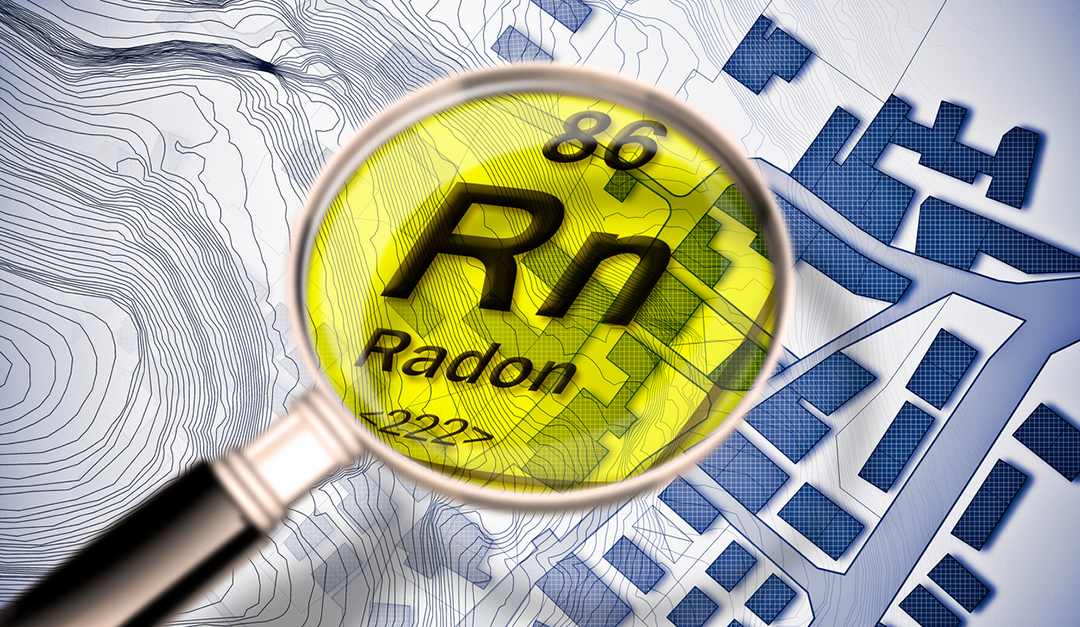Prolonged exposure to unsafe levels of radon increases the risk of lung cancer; in fact, radon is the second-leading cause of lung cancer after smoking, and can cause cancers in pets, as well.
Any home can have a radon problem—old or new, well-sealed or drafty, with or without a basement. An estimated one in six homes in the U.S. is affected by radon.
What is radon?
Radon is a naturally occurring odorless, colorless, radioactive gas formed by the ongoing decay of uranium in soil, rocks, sediments, and even well or ground water. While radon that escapes into the atmosphere isn’t harmful, dangerously high concentrations can build up indoors, exposing occupants to possible health risks.
How does radon get into a home?
Openings or cracks in basement walls, foundations or floors are common avenues. Sumps, basement drains and spaces between gas or water fittings can also allow radon into the structure. Other possible entry points include gaps in suspended floors and cavities within walls.
How can I make sure my clients and their families aren’t at risk?
We encourage homeowners to add radon testing to the home inspection process. Your Pillar To Post Home Inspector will set up monitoring equipment and report on the results. If an elevated level of radon is detected, steps can be taken to reduce the concentration to or below acceptable levels inside virtually any home. These can include a relatively simple set-up, such as a collection system with a radon vent pipe, which prevents radon from entering the home in the first place. Professional mitigation services can provide solutions for a home’s specific conditions.
Request radon testing when you book your next home inspection with Pillar To Post Home Inspectors. Book your home inspection today.













Exposure of radon gas creates a greater risk of lung cancer. If you know that your home is at risk of radon, its time for you to look for a professional tester. Getting your home tested it could save your family.